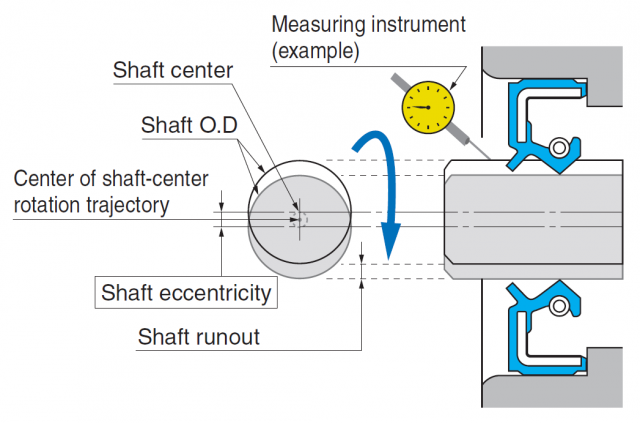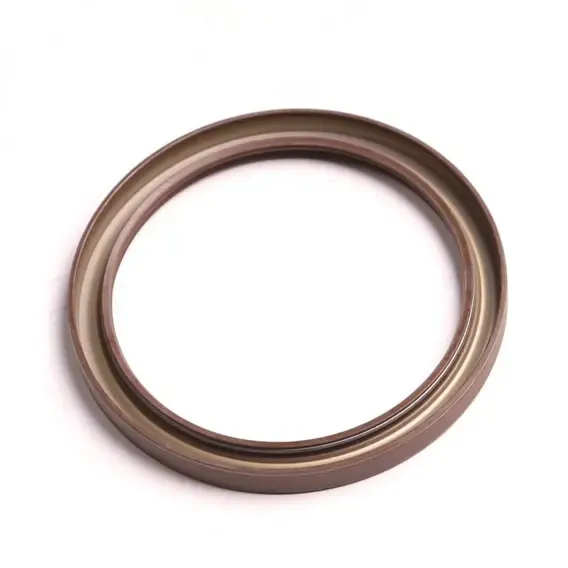drop ceiling grids
-
mineral fiber ceiling tiles are the high-grade acoustic ceiling tiles, with fine acoustical performance, the end users can effectively control and adjust the time of indoor mixed sound, noticeably improve sound quality and reduce noise.
Our mineral fiber ceiling tiles are finished in White painting, provided in different specifications and patterns, thus delivering decorative effects with diversified artistic style. They also have different suspension modes that helps bring out the full functions in these suspension materials.
In addition, our mineral fiber ceiling tiles are with excellent in-combustibility, can satisfy every requirement on fire safety in all kinds of buildings such as hotels, restaurants, gymnasiums, office buildings, airports and home decoration....
Links
Modern engine concepts, like higher engine speeds and oil temperatures, longer intervals between oil changes and lubricants with modern additives, require new solutions for dynamic seals. They have to withstand the high loads lastingly. PTFE technology is the answer, since it perfectly meets these demands.
Cracks or swelling
Nitrile
High wear resistance good running properties for general use



